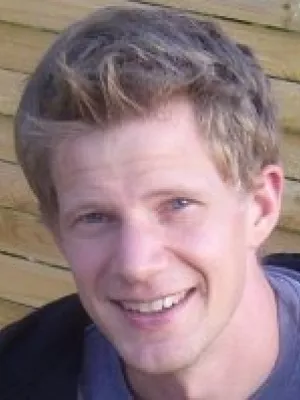
Martin Jarenmark
Forskningsingenjör

Finding intersections between electronic excited state potential energy surfaces with simultaneous ultrafast X-ray scattering and spectroscopy
Författare
Summary, in English
Light-driven molecular reactions are dictated by the excited state potential energy landscape, depending critically on the location of conical intersections and intersystem crossing points between potential surfaces where non-adiabatic effects govern transition probabilities between distinct electronic states. While ultrafast studies have provided significant insight into electronic excited state reaction dynamics, experimental approaches for identifying and characterizing intersections and seams between electronic states remain highly system dependent. Here we show that for 3d transition metal systems simultaneously recorded X-ray diffuse scattering and X-ray emission spectroscopy at sub-70 femtosecond time-resolution provide a solid experimental foundation for determining the mechanistic details of excited state reactions. In modeling the mechanistic information retrieved from such experiments, it becomes possible to identify the dominant trajectory followed during the excited state cascade and to determine the relevant loci of intersections between states. We illustrate our approach by explicitly mapping parts of the potential energy landscape dictating the light driven low-to-high spin-state transition (spin crossover) of [Fe(2,2′-bipyridine)3]2+, where the strongly coupled nuclear and electronic dynamics have been a source of interest and controversy. We anticipate that simultaneous X-ray diffuse scattering and X-ray emission spectroscopy will provide a valuable approach for mapping the reactive trajectories of light-triggered molecular systems involving 3d transition metals.
Avdelning/ar
- Kemisk fysik
- Centrum för analys och syntes
- Geologiska institutionen
- NanoLund: Centre for Nanoscience
- Beräkningskemi
Publiceringsår
2019
Språk
Engelska
Sidor
5749-5760
Publikation/Tidskrift/Serie
Chemical Science
Volym
10
Issue
22
Dokumenttyp
Artikel i tidskrift
Förlag
Royal Society of Chemistry
Ämne
- Atom and Molecular Physics and Optics
- Physical Chemistry
Status
Published
ISBN/ISSN/Övrigt
- ISSN: 2041-6520

